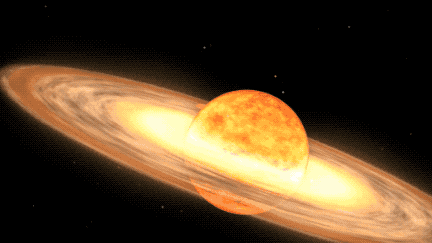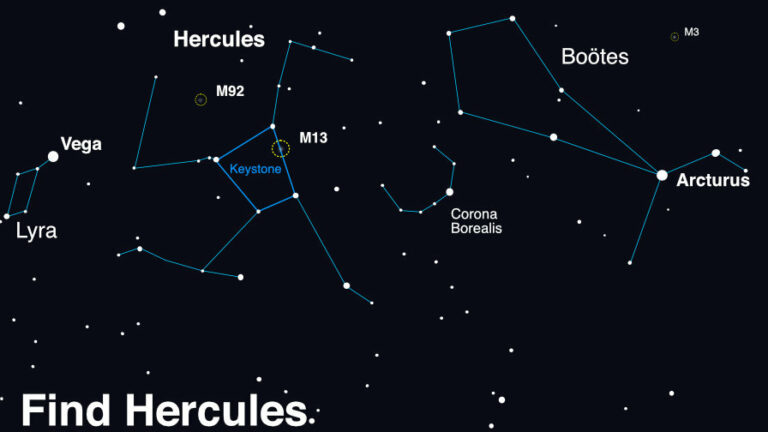
A nova outburst visible to the naked eye is expected to decorate the night sky this year, offering a rare skywatching opportunity.
The star system offering us this opportunity is known as T Coronae Borealis (T CrB). It's located some 3,000 light-years away from Earth and consists of a red giant star and a white dwarf that orbit each other. When the white dwarf steals enough stellar material from its red giant companion, it ignites a brief flash of nuclear fusion on its surface, triggering what is known as a nova outburst.
The outburst will be visible in the constellation Corona Borealis, also known as the Northern Crown, which forms a semicircle of stars. The outburst is expected to occur between February and September 2024 and appear as bright as the North Star in our night sky for no longer than a week before fading again, NASA officials said in a statement.
Related: Fastest nova ever seen 'rings' like a bell thanks to feeding white dwarf
"This could be a once-in-a-lifetime viewing opportunity as the nova outburst only occurs about every 80 years," NASA officials said in the statement.
This recurrent nova, which last exploded in 1946, is just one of five observed within the Milky Way galaxy. To spot the outburst, viewers should point their gaze to Corona Borealis, which lies between the constellations Boötes and Hercules. The outburst will appear as a bright "new" star in the night sky.
Generally, these binary stars have a magnitude of +10, which is far too dim to see with the unaided eye. However, during the outburst, the stellar system will have a magnitude of +2, which is comparable to the brightness of the North Star, Polaris, according to the statement.

"Once its brightness peaks, it should be visible to the unaided eye for several days and just over a week with binoculars before it dims again, possibly for another 80 years," NASA officials said.
The explosive stellar pair consists of a white dwarf — a relatively small, dense stellar remnant — and a larger red giant star in the late stages of stellar evolution, meaning its outer atmosphere is inflated and tenuous. The gravitationally-bound stars are close enough that, as the red giant grows unstable from its increasing temperature and pressure, it ejects its outer layers onto the white dwarf. The accumulation of matter heats the white dwarf's dense atmosphere enough to trigger a thermonuclear reaction that produces the nova we see from Earth. This cycle will continue once the nova dims as well, with the white dwarf collecting enough matter to create another outburst.







